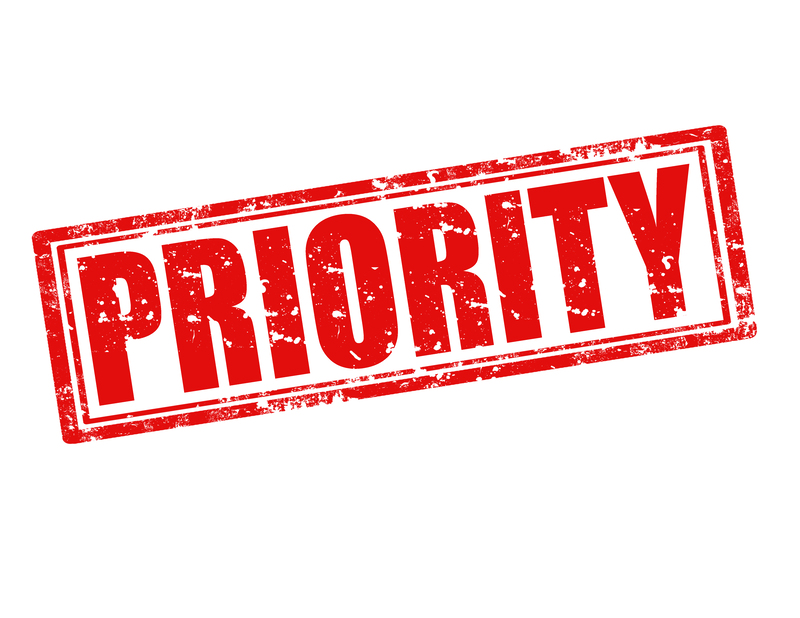Best Practices for Relocating Your Bed and Mattress
Moving to a new home can be both exciting and stressful, especially when it comes to transporting large, cumbersome items like your bed and mattress. Whether you're upgrading to a larger space, relocating for work, or simply moving across town, knowing the best practices for relocating your bed and mattress is key to ensuring a seamless transition. In this comprehensive guide, we'll walk you through every step of the process, from preparation and packing to transportation and reassembly. Let's make sure your investment arrives safely and your first night in your new home is a restful one!
Why Proper Bed and Mattress Relocation Matters
Neglecting to properly move your bed and mattress can lead to damage, discomfort, and unnecessary expenses. These essential pieces of furniture are vital for your daily comfort and health. Improper handling can void warranties, compromise support, or even render your mattress unusable. To maintain the quality and durability of your bed and mattress during your move, it's important to follow tried and true moving practices.
Risks of Improper Relocation
- Physical Damage: Tears, scratches, and broken frames can happen if beds and mattresses are not moved correctly.
- Mold and Contamination: Mattresses can attract dirt, moisture, and pests if not protected correctly, leading to hygiene issues.
- Loss of Support: Bending or folding your mattress can damage internal springs or memory foam structure, potentially voiding warranties.
- Injury: Beds and mattresses are heavy and awkward, presenting risks for personal injury if not handled safely.

Preparation: Your First Step for a Smooth Move
Take Measurements
Measure doorways, staircases, hallways, and the bed/mattress itself to ensure everything will fit through tight spaces at both your old and new locations. This simple step helps you avoid awkward situations during your move.
Disassemble Your Bed Frame
- Remove Bedding: Strip all sheets, comforters, and pillows before starting.
- Keep Hardware Secure: Collect all screws, nuts, and bolts in a labeled bag. Tape this bag to part of the frame or keep it somewhere easily accessible.
- Follow the Manual: Refer to the instruction manual for guidance on disassembly. This is especially important for complex or adjustable frames.
Clean Before You Move
Dust, vacuum, and wipe down your mattress and bed frame. This prevents transferring allergens or pests, keeps your new home cleaner, and protects your belongings during transit.
How to Safely Relocate Your Mattress
Use a High-Quality Mattress Bag or Cover
A mattress bag is a must-have when moving your mattress. These heavy-duty plastic covers protect your mattress from:
- Dirt and Dust
- Moisture
- Bugs
- Tears and Rips
*Pro tip: Double-bag your mattress for extra protection during long-distance moves or moves during inclement weather.*
Avoid Bending or Folding
Bending a mattress, especially one with innerspring or hybrid constructions, can cause permanent damage. Foam mattresses are more flexible, but excessive folding can crack or weaken foam layers. Keep the mattress flat or upright where possible.
Secure the Mattress in Transit
- When loading the mattress onto a moving truck or van, secure it with straps to prevent shifting.
- Place the mattress on its side if upright loading is necessary, but never stack heavy items on top.
- For long distance moves, try to transport the mattress flat to minimize stress on its structure.
Enlist Help
Mattresses are bulky and difficult to move solo. Have at least one other person assist you to avoid injury and prevent the mattress from dragging on the ground or scraping against walls.
Best Way to Move a Bed Frame
Disassemble Completely
Most modern bed frames can be easily dismantled into smaller, manageable parts. Take the extra time to fully disassemble, including headboards, footboards, and slats. Label and group similar parts to simplify reassembly.
Wrap Fragile or Finished Surfaces
- Headboards and footboards, especially those made of wood or upholstered materials, need special attention.
- Wrap such pieces in moving blankets, bubble wrap, or sheets to protect against scratches or dents.
Organize and Label Components
- Use masking tape and a marker to label each piece of the bed frame as you disassemble it. This will make reassembly far easier.
- Consider snapping photos during disassembly for a visual reference during reassembly.
Transporting Your Bed and Mattress
Best Vehicles for Moving Beds and Mattresses
- Moving Trucks: Ideal for queen, king, or California king beds and mattresses.
- Cargo Vans or Pickup Trucks: Suitable for twin or full-size beds, or short local moves.
- Roof Racks: Not recommended for mattresses, as wind and weather can damage them and create safety hazards.
When stacking items, always keep the mattress towards the top, and ensure it is secured from all sides to prevent shifting or crushing.
Professional Moving Services vs. DIY
- Hiring Professionals: Moving companies have experience, equipment, and insurance to protect your mattress and bed frame.
- DIY Methods: Cost-effective, but be sure you have the help and proper supplies required.
If your bed or mattress is especially valuable or fragile, hiring professional movers is strongly recommended.
Setting Up Your Bed and Mattress in the New Home
Inspect for Damage
- Check your bed frame and mattress for any damage immediately upon arrival at your new home.
- Document any dents, scratches, or tears, particularly if you used a moving service.
Clean Before Reassembly
Vacuum or wipe down all surfaces again before setting up in your new home. This further reduces the risk of bringing dust or pests inside.
Assemble Bed Frame First
- Lay out all bed frame pieces and hardware.
- Follow the reverse of your disassembly process or consult the manual as needed.
- Use the correct tools and avoid overtightening screws, which can damage the frame.
Place and Uncover Your Mattress
- Carefully remove the mattress from its moving bag or cover.
- Allow it to air out for several hours (especially important for foam mattresses that may have been compressed).
- Check for odors or signs of moisture and let it fully dry before making the bed.
Reinstall Bedding
Once your mattress is in place and your bed frame is assembled, make your bed with fresh, clean linens.
Additional Tips for Moving Specific Types of Mattresses
Memory Foam Mattresses
- Never fold or compress the mattress beyond the manufacturer's recommendations.
- Always use a waterproof mattress bag to protect against moisture, which can damage foam.
- If rolled or compressed for the move, allow at least 48 hours for full expansion before use.
Innerspring Mattresses
- Never bend or roll, as this damages the springs and support system.
- Transport flat whenever possible, or at the very least, upright with minimal stress on the springs.
Hybrid and Latex Mattresses
- Handle with care, using sufficient help to prevent tearing or warping the design.
- Always inspect protective covers for leaks or tears prior to moving day.
Best Practices for Relocating Adjustable Beds
Adjustable beds come with electrical components and motors, so extra care is needed:
- Disconnect all electrical cords and pack separately, labeling for later reassembly.
- Wrap motors and control boxes in soft material to prevent shocks and impact damage.
- Follow manufacturer instructions for safe transport, especially regarding heavy bases and frame adjustments.
Eco-Friendly Mattress Disposal and Recycling
If your move is an opportunity to upgrade your mattress instead of relocating it, consider responsible disposal. Many communities offer mattress recycling and donation programs. Do not simply discard your mattress at the curb--this is harmful to the environment and may be illegal in some areas.
- Recycle: Contact local recycling centers to find out if they accept mattresses.
- Donate: Many charities accept gently used mattresses (verify cleanliness and condition requirements).
- Junk Removal Services: Professional removal companies can often ensure proper disposal or recycling.

Frequently Asked Questions on Bed and Mattress Moving
Can I move a king-size bed and mattress by myself?
Moving a king-size bed and mattress often requires at least two strong adults. These items are heavy, large, and awkward to navigate. Enlist help to prevent property damage and avoid injury.
Do I need to let my mattress rest after moving?
Yes. Most mattresses, especially memory foam or hybrid types, benefit from a few hours to expand and air out after transport. Unpack promptly, place on the frame, and allow to rest before making the bed.
What are the best supplies for protecting my mattress during a move?
- Mattress bags or covers
- Moving blankets (for frames and headboards)
- Ratcheting straps (to secure items in the moving vehicle)
- Markers and labels
- Tool kits for assembly/disassembly
Conclusion: Your Path to a Safe and Successful Bed and Mattress Move
Relocating your bed and mattress doesn't have to be a hassle. By preparing in advance, using the right protective materials, and following these best practices for bed and mattress relocation, you can ensure your sleep setup arrives at your new home in pristine condition. Take the time to measure, disassemble carefully, protect all components, and enlist both help and high-quality moving supplies. Whether you're embarking on a cross-country move or just heading down the street, a well-planned process ensures you'll enjoy comfort and support from the very first night in your new space.
For more moving tips and comprehensive guides, keep exploring our blog--your restful sleep is worth the effort!



